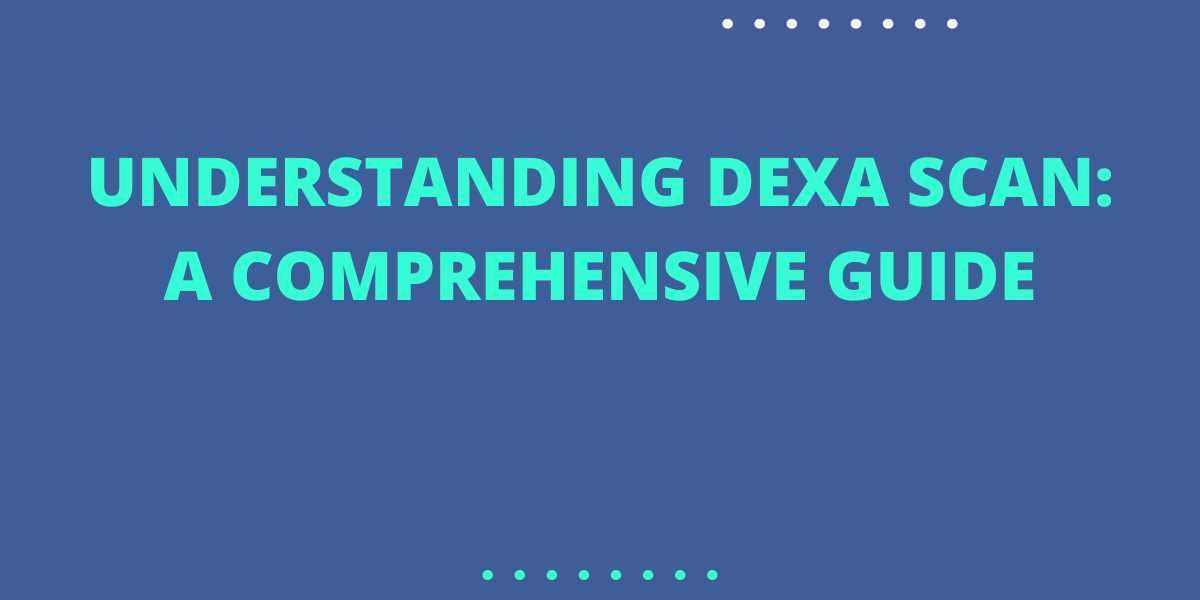In the realm of modern medicine, diagnostic tools play a pivotal role in identifying health conditions, assessing risks, and guiding treatment plans. Among these tools, Dual-Energy X-ray Absorptiometry (DEXA) scan stands out as a versatile and reliable method for measuring bone density and body composition. Let's delve into the intricacies of DEXA scan, its uses, benefits, and what to expect during the procedure.
What is a DEXA Scan?
DEXA scan, also known as bone densitometry or bone mineral density (BMD) scan, is a non-invasive imaging technique that utilizes low-dose X-rays to measure bone density and body composition. It provides precise measurements of bone mineral content in specific areas of the body, typically the spine, hip, and sometimes the forearm.
How Does DEXA Scan Work?
During a DEXA scan, the patient lies down on a padded table while a scanning arm passes over the body, emitting low-dose X-rays at two energy levels. These X-rays are absorbed differently by bone and soft tissue, allowing the scanner to differentiate between them. By analyzing the amount of X-ray energy absorbed by the bones, healthcare professionals can determine bone density and assess the risk of osteoporosis or fractures.
Uses of DEXA Scan:
1. Osteoporosis Screening: DEXA scan is primarily used to diagnose osteoporosis, a condition characterized by low bone density and increased risk of fractures, particularly in postmenopausal women and older adults.
2. Fracture Risk Assessment: It helps in evaluating the risk of future fractures by assessing bone mineral density, enabling early intervention and preventive measures.
3. Monitoring Treatment Efficacy: DEXA scan is instrumental in monitoring the effectiveness of osteoporosis treatments, such as medications and lifestyle modifications, by tracking changes in bone density over time.
4. Body Composition Analysis: Beyond bone health, DEXA scan can also assess body composition by measuring fat mass, lean mass, and visceral fat, aiding in weight management and fitness goals.
Benefits of DEXA Scan
1. Accuracy: DEXA scan is considered the gold standard for measuring bone density due to its high precision and reproducibility, providing reliable results for clinical decision-making.
2. Non-Invasive: Unlike invasive procedures like bone biopsy, DEXA scan is non-invasive and painless, requiring no anesthesia or recovery time.
3. Low Radiation Exposure: The radiation dose from a DEXA scan is minimal, equivalent to or even lower than that of a standard chest X-ray, making it safe for repeated use when necessary.
4. Quick and Convenient: The procedure is quick, usually lasting around 10 to 30 minutes, and does not require any special preparation, allowing patients to resume their daily activities immediately afterward.
What to Expect During a DEXA Scan
Before the scan, patients are typically advised to wear loose, comfortable clothing and avoid wearing metal objects or jewelry that may interfere with the imaging process. During the procedure, patients lie still on the scanning table while the machine moves over them, capturing images of the targeted areas.
It's essential to inform the healthcare provider if you are pregnant or have undergone any recent imaging tests involving contrast dye, as these factors may affect the suitability or interpretation of the DEXA scan results.
Conclusion
DEXA scan plays a crucial role in assessing bone health, diagnosing osteoporosis, and guiding preventive measures to reduce the risk of fractures. Its ability to provide accurate measurements of bone density and body composition makes it a valuable tool in clinical practice, empowering healthcare professionals to make informed decisions regarding patient care.
As with any medical procedure, it's important to discuss any concerns or questions with your healthcare provider to ensure a clear understanding of the purpose, benefits, and potential risks associated with DEXA scan. By prioritizing bone health and early detection, individuals can take proactive steps to maintain strong and resilient bones throughout their lives.






